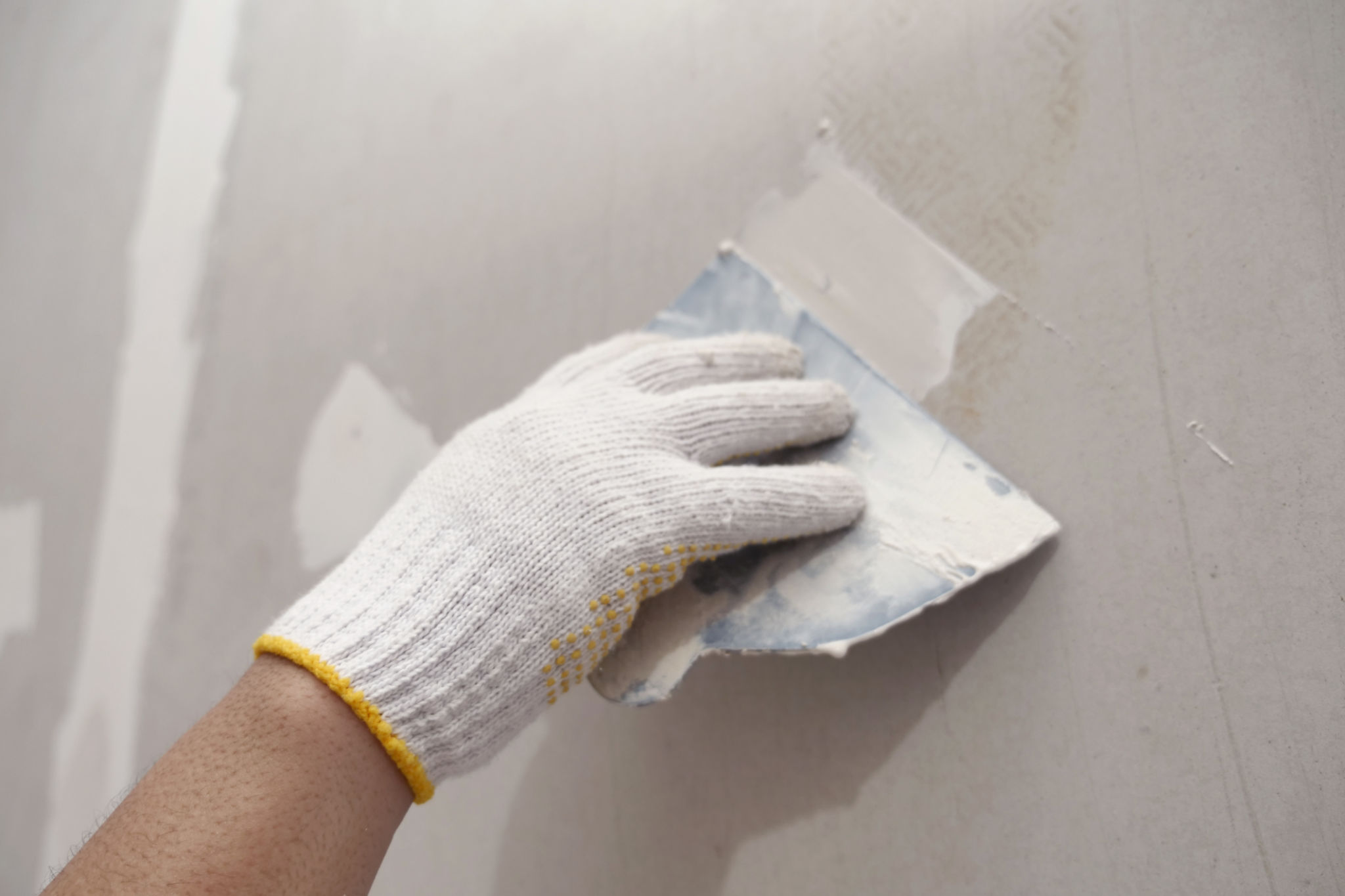Transform Your Home with Expert Drywall Finishing Techniques
The Art of Drywall Finishing
Transforming your home with drywall finishing is an art that can elevate the aesthetic appeal of any room. Whether you're renovating or constructing a new space, mastering drywall finishing techniques can make a significant difference. With the right skills and tools, you can achieve smooth, seamless walls that enhance your home's overall look.

Essential Tools for Drywall Finishing
Before diving into the techniques, it's crucial to have the right tools on hand. A few essential tools include:
- Joint Knife: A versatile tool used for applying joint compound.
- Taping Knife: Wider than a joint knife, ideal for smoothing out compound.
- Sanding Sponge: Helps to achieve a smooth finish by sanding down rough edges.
These tools will be your best allies in ensuring a professional finish when working with drywall.
Preparing the Drywall Surface
Preparation is key to successful drywall finishing. Start by inspecting the drywall for any imperfections or damages. Repair any dents or holes using a joint compound before moving forward. Once the surface is smooth, apply a layer of primer to ensure better adhesion for the joint compound and paint.

Applying Joint Compound
The application of joint compound, also known as mudding, is a critical step in drywall finishing. Begin by applying a thin layer of compound over the seams and screw holes using a joint knife. Feather the edges to blend them seamlessly with the drywall surface. Allow this layer to dry completely before proceeding to the next step.
Sanding for a Smooth Finish
Once the joint compound is dry, sanding is necessary to achieve a smooth, polished surface. Use a sanding sponge or sandpaper with a fine grit to gently sand down any rough areas. Be careful not to over-sand, as this can damage the drywall. After sanding, wipe down the surface with a damp cloth to remove any dust particles.

Texturing and Finishing Touches
Adding texture to your drywall can create visual interest and hide minor imperfections. Techniques such as knockdown, orange peel, or skip trowel can be applied using a texture sprayer or hand tools. Experiment with different textures to find the perfect match for your style and home decor.
The final step involves painting your finished drywall. Choose a high-quality paint that complements your space and apply it evenly for best results. A well-painted wall can significantly enhance the ambiance of your room, tying together all elements of your interior design.
Hiring Professional Help
If you're unsure about tackling drywall finishing yourself, consider hiring a professional. Experienced contractors have the expertise and equipment to ensure a flawless finish. This option might be more costly, but it can save you time and guarantee high-quality results.

Conclusion
Transforming your home with expert drywall finishing techniques is an investment in both aesthetics and functionality. Whether you choose to DIY or hire professionals, understanding the process and its components will help you make informed decisions. By focusing on preparation, application, and texture, you can achieve stunning results that breathe new life into your home.
